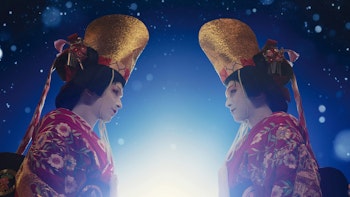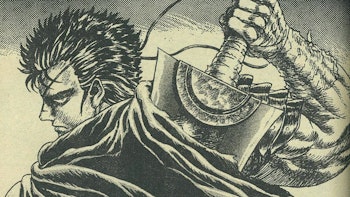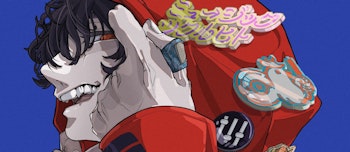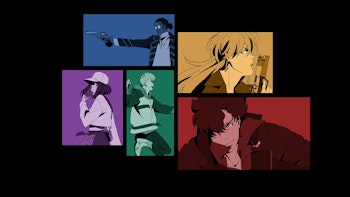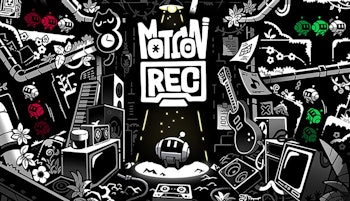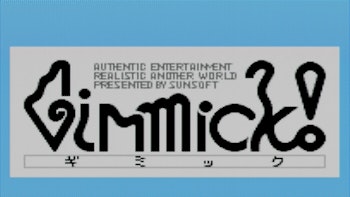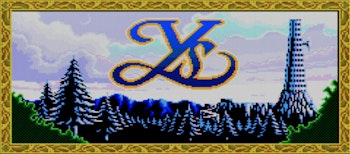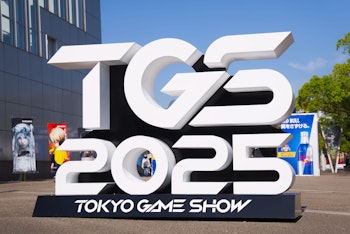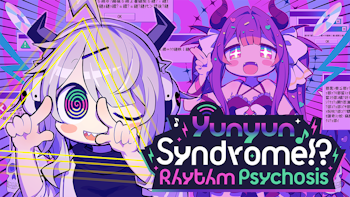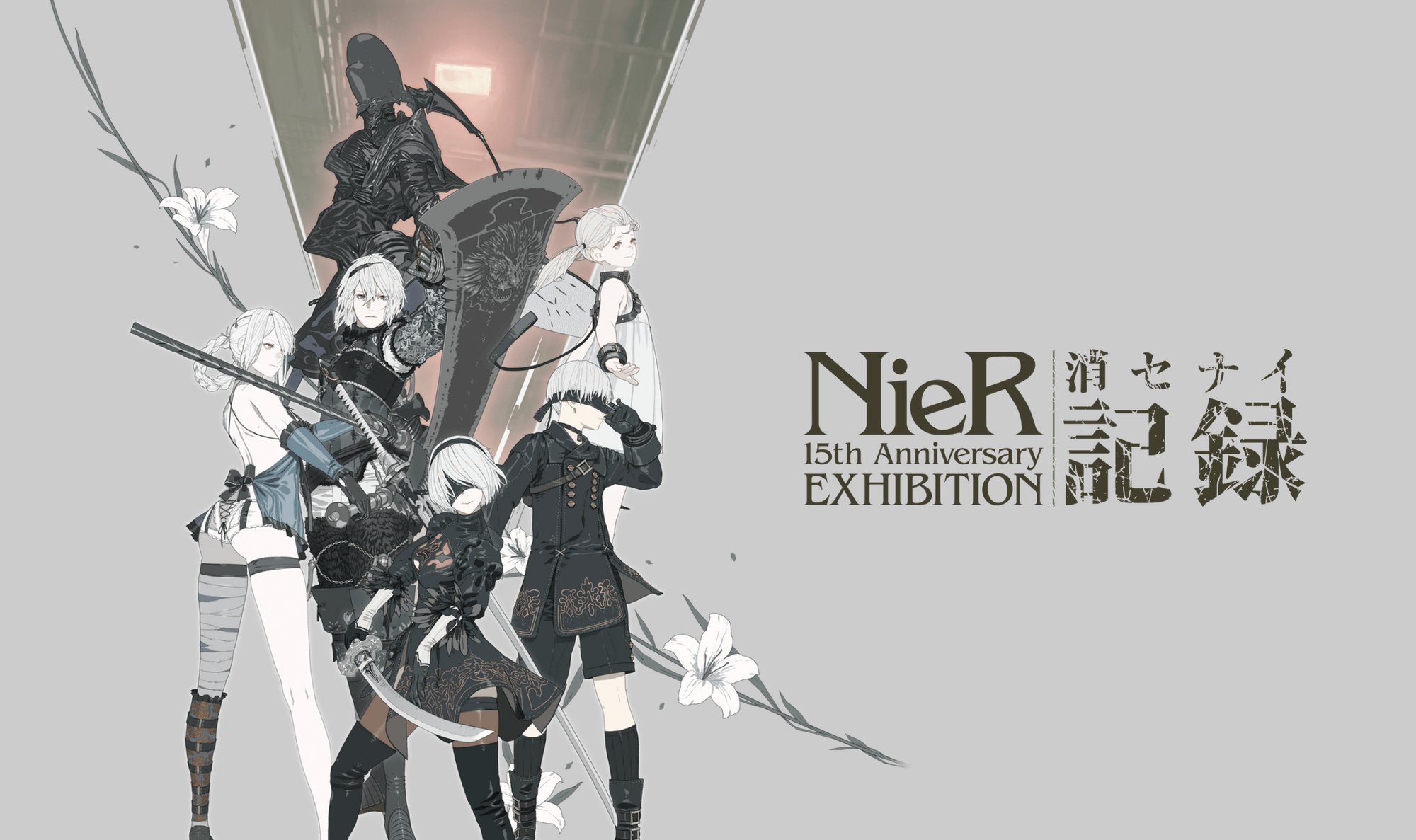
The NieR franchise should never have existed. While the story is a familiar one nowadays considering NieR Automata’s phenomenal success, the original NieR was an oddball project by an oddball director spun from the cloth of an almost-joke ending of the janky-if-alluring Dynasty Warriors-like PS2 action title Drakengard. It’s an origin story never bound for glory, but one whose resulting RPG was as flawed as it was unforgettable. An RPG, but one where the words of the page held power, spanning genres and playing with the metatextual limits of the medium to create a game unlike any other, and that’s before discussing its ethereal and otherworldly soundtrack packed with lyrics in a nonsense language.
It didn’t sell too badly in Japan, but hardly set the world alight. It was overlooked elsewhere, having released a mere month following the global launch of Final Fantasy XIII in English-speaking territories. That should have been the end of the story for Yoko Taro’s misunderstood masterpiece. Yet in the intervening years, it was never truly forgotten. Its soundtrack endured and became a series of concerts and tribute albums, each finding great success by elevating and transforming the music in ever-more unique ways. These were nice ways to revisit the game, since it appeared like even the director himself had moved on to other projects.
Until E3 2015, when an unlikely sequel appeared. It looked very different due to its infusion of robots 10000 years after the events of the original and featuring far more fluid combat courtesy of its co-developers at Platinum Games, but it was undoubtedly NieR. And it was good. And it sold 10 million copies since its launch in 2017.
While I wouldn’t call the franchise a monolith, it’s a multimedia force that’s hard to distill neatly into a simplistic whole. But perhaps that’s fitting for a similarly-unpredictable creator. It’s also a series that wouldn’t exist without its various elements creating a world with such depth waiting to be explored, and it’s something a recent 15th anniversary exhibition held in Tokyo aimed to capture.

Indeed, to discuss the expansion of NieR into a multimedia franchise requires discussing its stage plays. With Yoko Taro working at Square Enix on various projects mostly on a freelance capacity following the closure of NieR developer Cavia after the original NieR’s launch, he had the flexibility to work on different projects even while retaining a degree of loyalty with Square Enix. He worked with his friends at MONACA, the composing team behind the NieR soundtrack including Keiichi Okabe, alongside idol production company DearStage, to create a YorHa idol group complete with its own backstory. This would evolve into a stage production in 2014 that would only continue to evolve in the following years, telling a new story within the NieR universe thousands of years after the original game.
While seemingly a disconnected project at first, as news broke that a new title in the franchise was in development, aspects of these plays evolved to more closely integrate the story told within them into the broader universe of NieR. The show, portraying the android struggle against the robots and aliens, was aligned to characters you could meet within the remaining settlements on the ravaged Earth of the final game. These were already unique shows, avant-garde in their low-budget minimalism but ambitious in their sci-fi concepts using low-fi tech and rugged costumes on a disjointed set in tiny Tokyo theaters. Yet their makeshift airsoft weapons retained the rugged fight of NieR’s struggles in the original title to the technologically-advanced robot future of military struggle.
The news that YorHa would align itself to the NieR franchise was easy to dismiss as an unusual director making some hard-to-access storytelling integral to his new work, yet rather than feeling like a pointless complication it enhanced the series on the whole. As fans anticipated the release there was at least some indication on what to expect by reading into the story that was told here, and it provided a new lens that explored the themes of humanity and collective consciousness through a different lens that allowed the drastic shift in setting to feel less stark by the game’s release.
Moreover, it set the groundwork for the series to go further, freed from narrow expectations, in subsequent works. NieR Re[in]carnation is far more than a mobile free-to-play money-maker, but a narrative advanture that expanded on this universe and its ideas in yet-another location while bringing storybook aesthetics and unique gameplay mechanics to the series. Battles evolved from fully action-oriented to a more traditional real-time RPG, while constantly forcing players to consider their sense of place amidst the hidden lives told within the souls of every character you met.
When each game changed, as the series continued to grow with anime adaptations, short stories and novels and ever-more plays, the core thematic ideas of the series endured. What makes NieR inspiring is its humanistic core, transforming the violent depths and plague and bleak apocalyptic levels of death from Drakengard into something where people remain its core. The question that reoccurs whether we consider the shades of NieR, the robots of Automata or the creatures of Re[in]carnation, is the concept of the soul, the concept of community, and whether it even matters what it means to be human as opposed to what it means to coexist.

It wraps this in a hauntingly-beautiful cocophony of music, space, legacy, philosophy, characters, fights, and so much more, and that’s true no matter the medium. And the community that formed around it, just like the games were more than willing to make its players think about the meta conditions of the medium itself in embellishing this human message, is emblematic of these ideas.
I can’t help but feel like the NieR exhibit’s biggest strength is embodying this into the exhibition itself. In bringing together more than just the big-name leaders on the team like Yoko Taro or Yosuke Saito to discuss its ideas, to feature every aspect of the series, showcase the roughness of its costumes. To go through painstaking interviews and props and ensure even the most inconsequencial moments of the history of the franchise are covered.

To have its final room be a sea of Lunar Tears, the hard-to-cultivate flowers in the game representative of purity and a connective tissue across all entries of the series. A sign of love, memory even after something is gone, and a sign that someone, or something, matters.
The exhibition has concluded, but I think to one specific artifact constantly. Inside the halls of the NieR retrospective area, a glass case housed the original design documents used to pitch the game to Square Enix all those years ago. Beyond a few mechanics, its world, character designs, nearly everything about the game, couldn’t be more different from the final title we saw released to the public in 2011. The early renditions of NieR and Kaine (alongside another creature not even found in the final game) have more in common with Kingdom Hearts than the Drakengard connection the title would evolve to encompass.
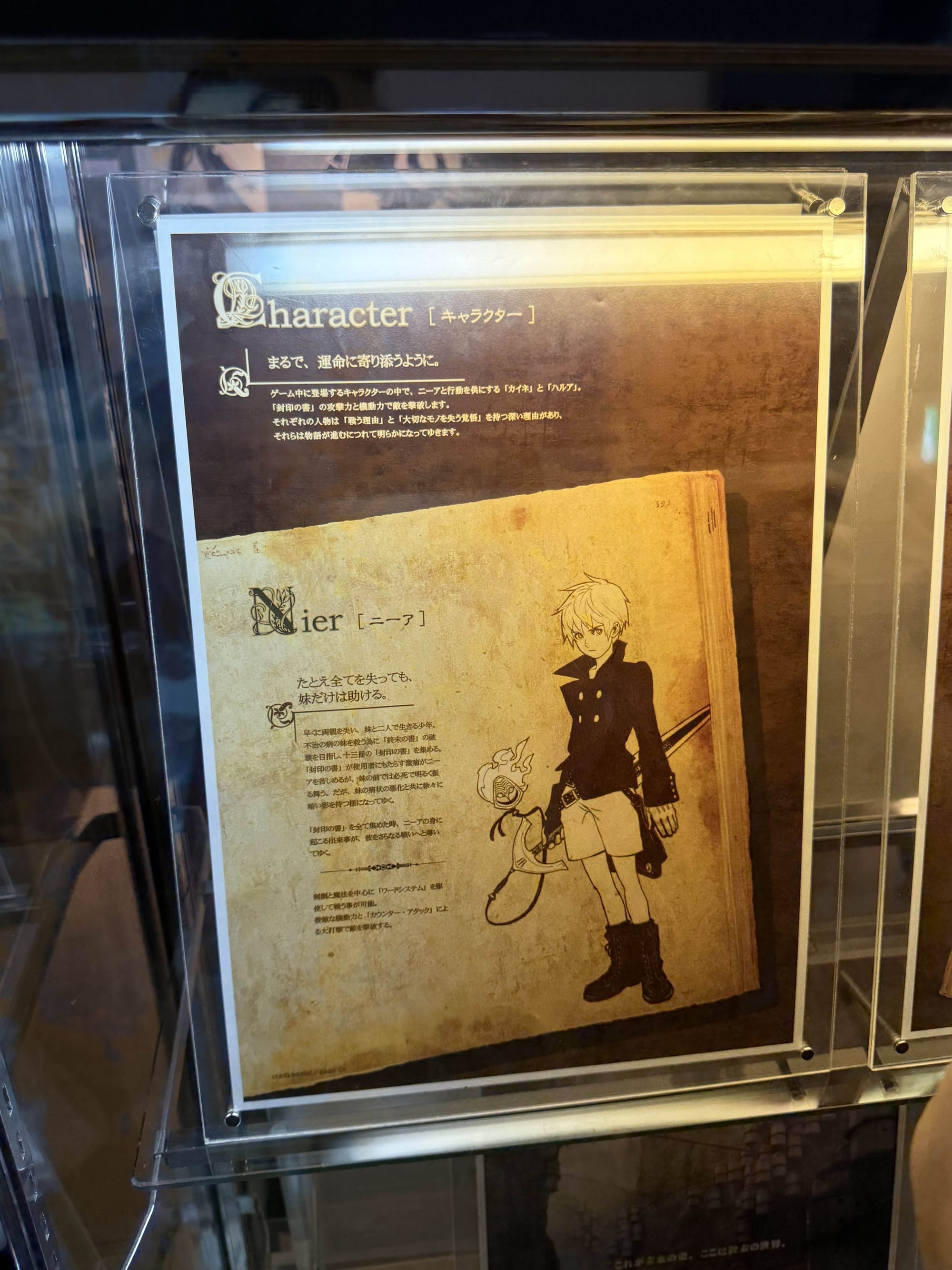
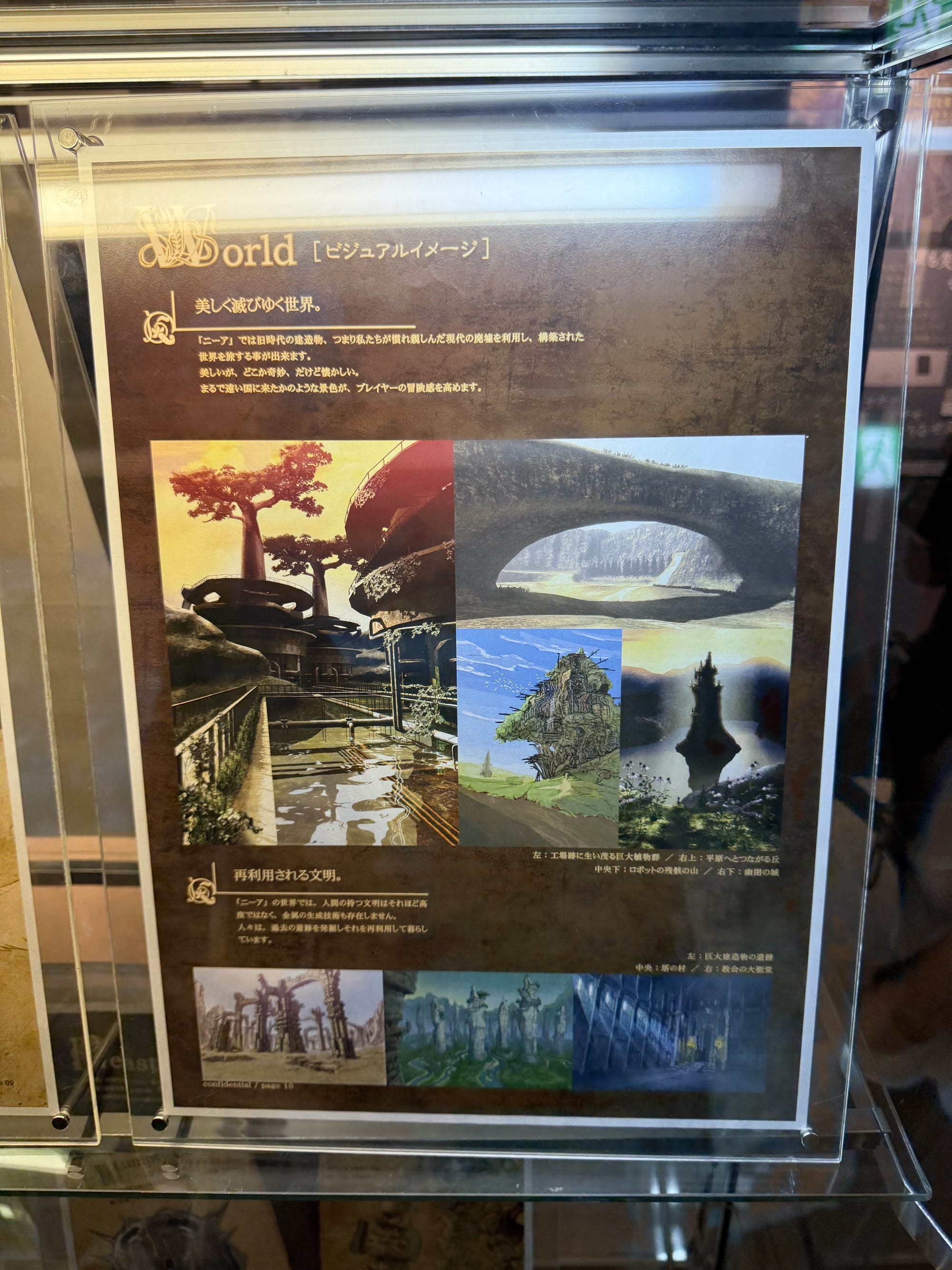
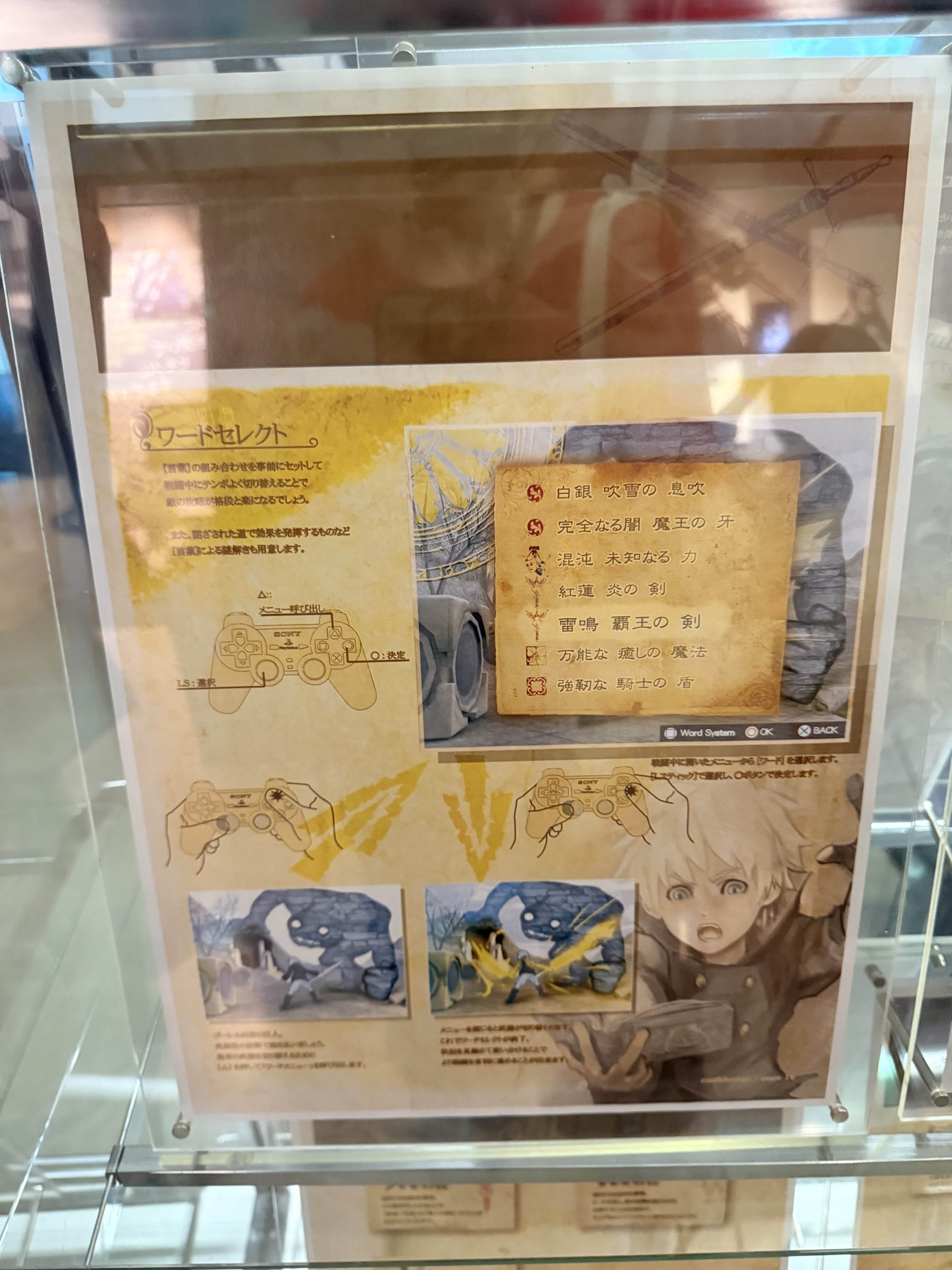
Without its presence or reveal to the public, no one would know how much changed between the original NieR pitch and the final game. After all, without the name attached, you could fool me that this was another game entirely. Yet it’s an intrinsic part of NieR’s history, with just enough to see how this initial spark became the NieR we got all those years later. It matters, so it was here.
NieR will celebrate its actual 15th anniversary in early 2026, but this event was the kickoff for the franchise’s celebrations. A franchise that shouldn’t exist, that has gone unlikely and disconnected places, yet remains united by its ideas, its creator, and the team that supported them. The exhibition celebrates a franchise that shouldn’t be, all the way from a conceptual beginning that wouldn’t arrive but paved the way for what was to come all the way to the present. NieR remains an oddball in the Japanese industry despite its success, but I’m glad it exists.

